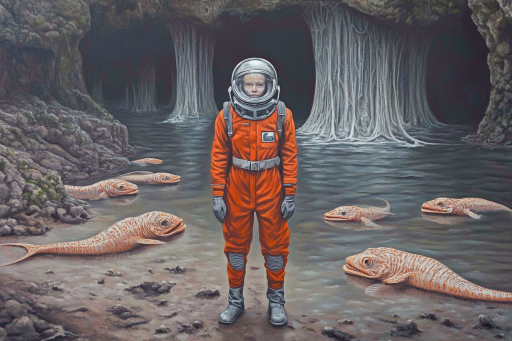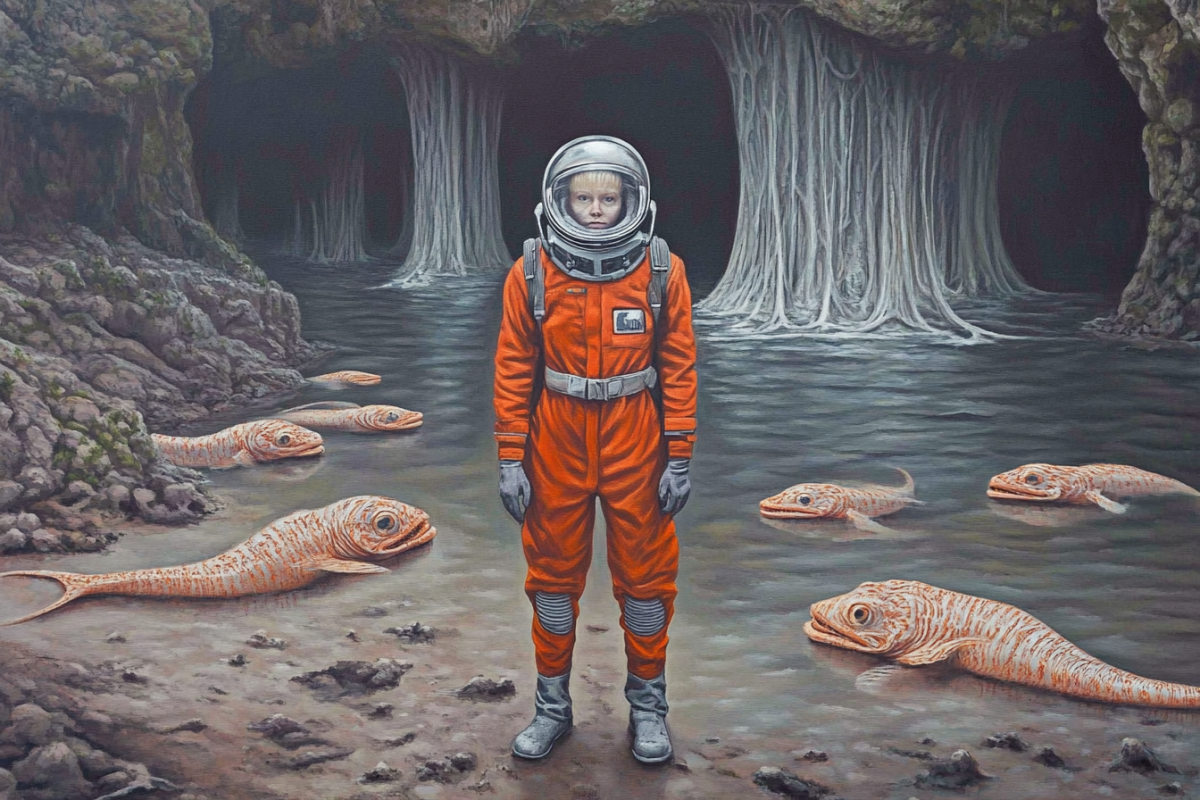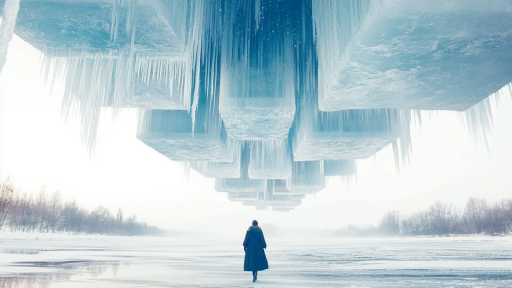
Life has an uncanny ability to adapt, thriving in places we once believed to be completely uninhabitable. From boiling acidic lakes to the crushing pressure of the ocean’s deepest trenches, nature has crafted organisms that defy our understanding of survival. Some endure extreme heat or toxic chemicals, while others exist in eternal darkness, feeding on elements we never thought could sustain life. These incredible creatures challenge the limits of biology and force us to rethink where life might be found—even beyond our planet.
The Immortal Tardigrade
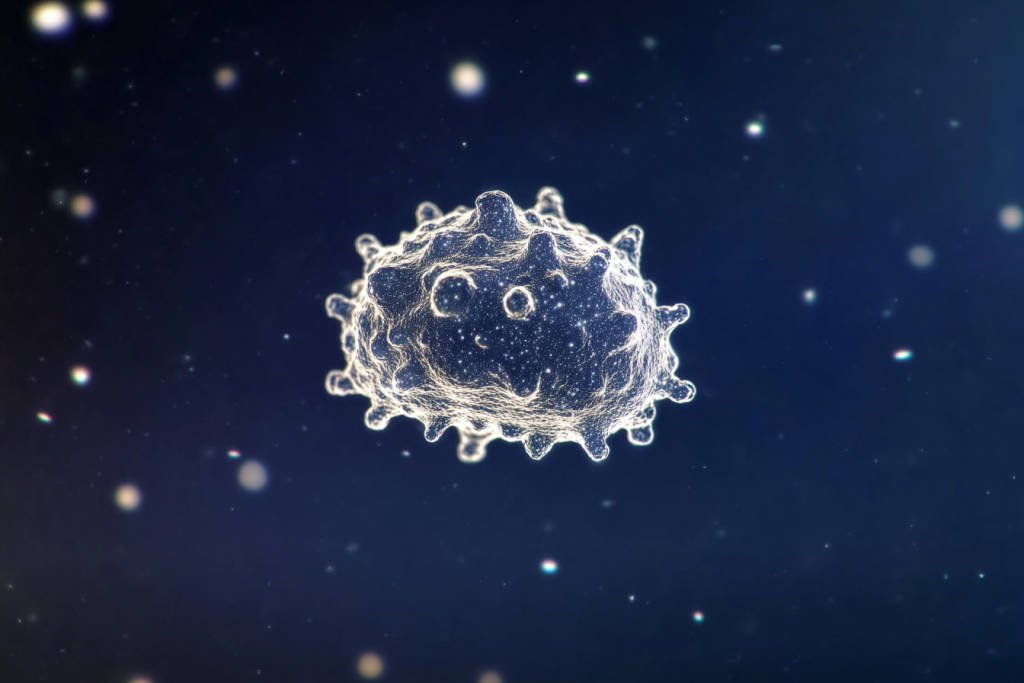
Tardigrades, also known as “water bears,” are microscopic creatures that can survive almost anything—freezing temperatures, boiling heat, radiation, and even the vacuum of space. These nearly indestructible beings can enter a state called cryptobiosis, where they dry out and essentially “pause” life until conditions improve. Found in deep-sea trenches, glaciers, and even outer space, their resilience makes them one of the toughest life forms on Earth. Scientists continue to study them, hoping to unlock the secrets of their near-immortality.
The Sulfur-Loving Snail
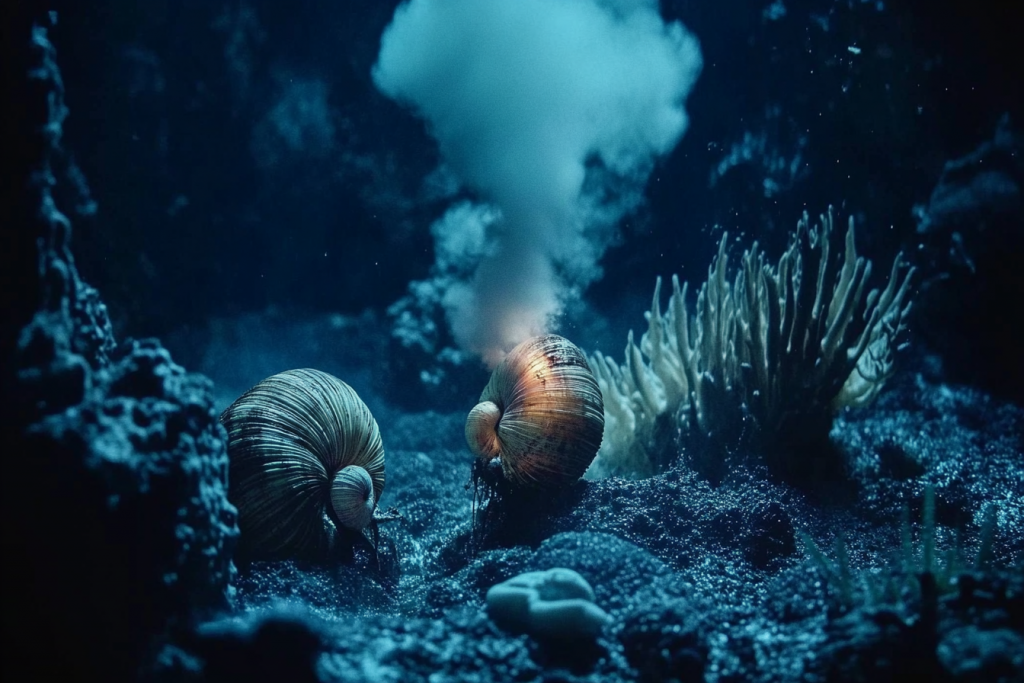
In the scorching depths of hydrothermal vents, a species of snail survives by incorporating iron sulfide into its shell—essentially making itself part metal. This deep-sea mollusk, known as the scaly-foot gastropod, withstands crushing pressure and temperatures exceeding 750°F (400°C). Unlike any other creature, it thrives in an environment rich in toxic chemicals, feeding off bacteria that convert sulfur into energy. Scientists see it as an extreme example of nature’s ability to turn even the most hostile environments into a home.
The Radioactive-Resistant Bacterium
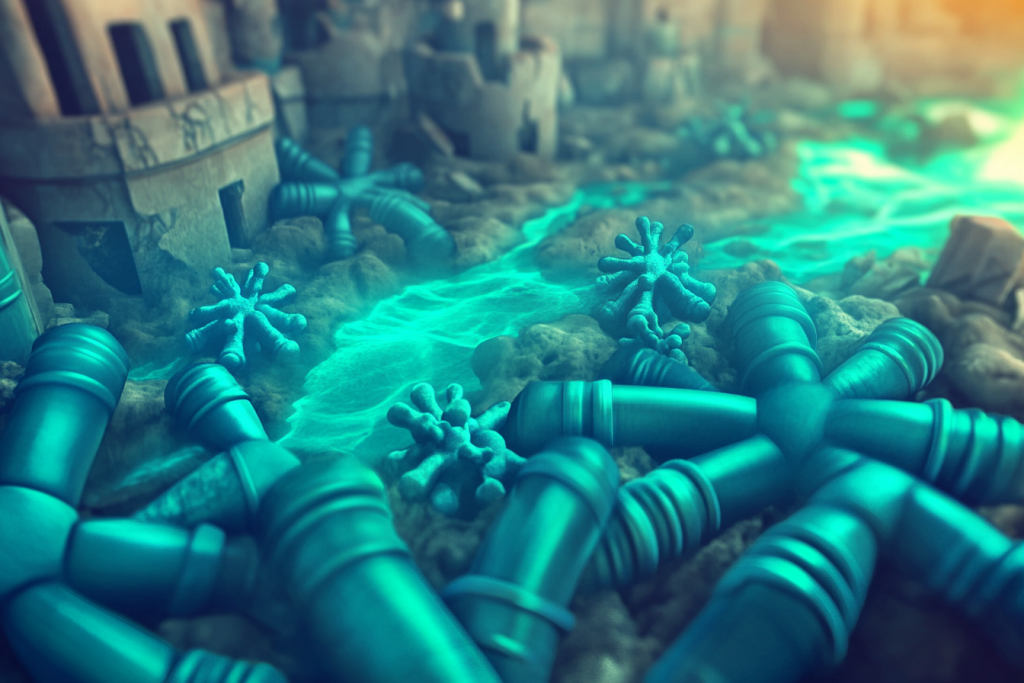
Deinococcus radiodurans, often called “Conan the Bacterium,” can survive levels of radiation thousands of times higher than what would be fatal to humans. Found in nuclear waste sites and outer space, it has an extraordinary ability to repair its own DNA after being shattered by radiation. Scientists believe studying this microbe could lead to breakthroughs in medicine, space travel, and even the possibility of life on Mars. If anything can survive a nuclear apocalypse, it’s this tiny, unbreakable bacterium.
The Ice-Loving Antarctic Fish

In the frigid waters of Antarctica, certain fish species have developed “antifreeze” proteins in their blood to prevent ice crystals from forming in their bodies. These fish, such as the Antarctic toothfish, survive in temperatures that would kill most other vertebrates. Their unique adaptation allows them to remain active in waters colder than freezing, hunting in darkness beneath thick sheets of ice. Understanding their biology could even help scientists develop new ways to preserve human organs for transplantation.
The Cave-Dwelling Hell Ant

Deep in underground caves untouched by sunlight, a strange species of ant with ghostly pale skin and oversized mandibles roams the darkness. Known as the Martialis heureka, or “hell ant,” it is believed to be a living relic of ancient times, evolving separately from other ants for millions of years. Unlike its surface-dwelling relatives, it relies on highly sensitive antennae rather than sight to navigate and hunt in the pitch-black world below. Scientists consider it a window into prehistoric ecosystems that still exist hidden beneath our feet.
The Pitch-Black Deep-Sea Dragonfish
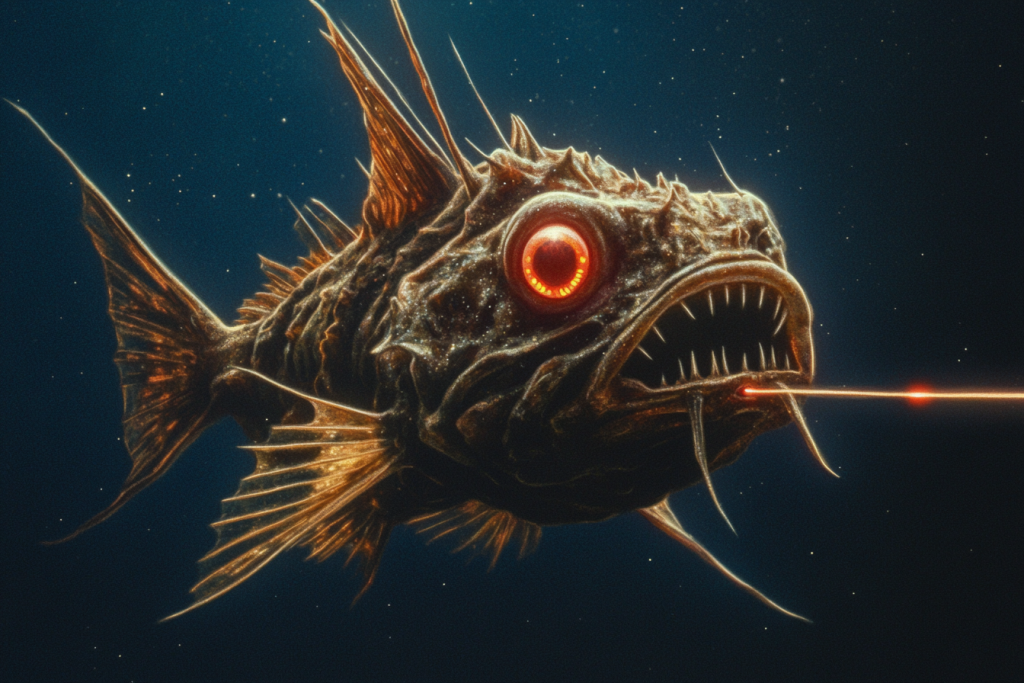
Lurking miles below the ocean surface, the deep-sea dragonfish is a terrifying, nearly invisible predator that produces its own light to lure prey. Its jet-black, light-absorbing skin allows it to blend into the darkness, while its needle-like teeth are almost transparent, making it one of the stealthiest hunters in the abyss. The dragonfish’s ability to generate bioluminescence hints at the bizarre adaptations required for survival in the deepest, most lightless parts of our planet.
The Sulfur-Sniffing Cave Worms

In the toxic caves of Mexico, bizarre white worms live in an environment filled with deadly hydrogen sulfide gas. These creatures survive by feeding on bacteria that break down toxic chemicals, turning what would be lethal for most animals into an energy source. Scientists studying them believe they could provide insights into how life might exist on other planets with extreme conditions. For these worms, what is poison to others is simply part of life.
The Boiling Lake Microbes

Some of the most heat-resistant organisms on Earth thrive in boiling volcanic lakes, where temperatures exceed 200°F (93°C). These extremophiles, known as thermophiles, feed off minerals and sulfur, living in conditions that should be impossible for life. Found in places like Yellowstone’s hot springs and deep-sea hydrothermal vents, these microbes challenge what we know about biology and survival. Their existence raises fascinating questions about whether life could also survive in the extreme heat of planets like Venus.
The Fungi That Eat Radiation

Deep within the Chernobyl Exclusion Zone, scientists discovered a strange type of black fungus that actually feeds on radiation. This unique organism, known as Cladosporium sphaerospermum, absorbs radiation and converts it into chemical energy—essentially “eating” what would be deadly to other life forms. Some researchers believe this fungus could be used for radiation shielding in space travel or even to help clean up radioactive waste. The fact that something can thrive in one of the most toxic places on Earth defies all expectations.
The Acid-Loving Cave Microbes

In caves filled with pools of acid strong enough to dissolve human skin, certain microbes have not only survived but flourished. These acidophiles live in environments where the pH is as low as zero, feeding on minerals and chemicals instead of organic matter. Their ability to endure conditions resembling those of alien planets has made them the focus of astrobiologists searching for life beyond Earth. If anything proves life’s resilience, it’s these acid-loving survivors.
The Creature That Sleeps for Centuries

Some microscopic creatures, like the nematodes discovered in Siberian permafrost, can be frozen for thousands of years and then return to life. These ancient worms, trapped in ice for tens of thousands of years, have shown that extreme cold is not necessarily the end of life, but a pause button. Their ability to survive deep freezes has scientists wondering: if life can be revived after millennia on Earth, what else might be hidden, waiting beneath the frozen landscapes of other planets?
Life Finds a Way

The more we explore, the more we realize life refuses to be confined by what we consider habitable. From boiling sulfuric pits to the crushing blackness of the deep ocean, organisms have adapted to thrive in conditions we once thought impossible. Could these bizarre life forms be nature’s way of proving that life, once sparked, will always find a way? If Earth’s most extreme environments can sustain life, what else might be out there—waiting to be discovered?

